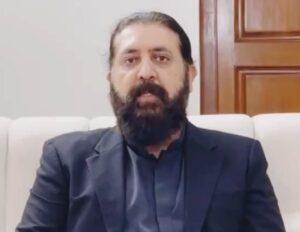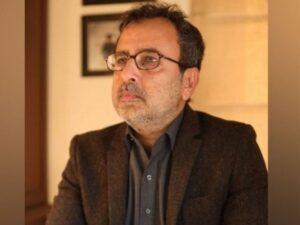Forty thousand families in Karachi refused the polio vaccine this year. In a city where the virus is circulating in every district, these refusals represent the gap between Pakistan’s impressive polio infrastructure and its inability to take the final step toward eradication.
Pakistan has reduced polio cases by more than 99.6% since 1994, from 20,000 annual cases to just 30 this year. He has built one of the most extensive monitoring systems in the world: 127 environmental sampling sites, 12,500 reporting sites and campaigns that reach 45 million children. Two of the world’s three strains of poliovirus have been eliminated.
But Pakistan and Afghanistan remain the only countries where polio still circulates. And in 2024, the WPV1 strain re-emerged in 90 districts, forcing authorities to review their approach with a “2-4-6 road map” under the National Emergency Action Plan.
“The last mile is actually very difficult to cross,” said Dr Azra Pechuho, Minister of Health and People’s Welfare of Sindh, speaking at the Aga Khan University on Friday. “These are the little pockets that we are missing as the number of infected children declines.” A two-hour event brought together top names in polio from WHO, Sindh government, federal government and AKU.
The environmental samples confirm what health officials already know: The virus persists in underserved communities that vaccination campaigns struggle to reach. Every district of Sindh shows continuous transmission.
The 42,000 vaccination refusals across Sindh – including 40,000 in Karachi – reflect what Dr Azra calls “vaccine fatigue”. But Dr Sebastian Taylor, of the Polio Eradication Technical Advisory Group, warned against assuming families are refusing because of too many vaccines. Many refusals come from a lack of knowledge rather than vaccine overload, he said.
The WHO reports that authorities have narrowed the gap, reducing the number of missed children from 1.48 million to 1.13 million. But low systematic vaccination coverage, vaccine hesitancy and population movements continue to leave spaces where the virus survives.
Southern Khyber Pakhtunkhwa presents the most pressing challenge. “This is where we need to do something very fast and very hard,” said Professor Shahnaz Ibrahim, chairman of the National Certification Committee, which determines each year whether Pakistan is considered polio-free.
The certification process requires three consecutive years without cases or environmental detection of the virus – and Pakistan cannot achieve it alone. “Pakistan and Afghanistan must form a unity,” explained Professor Ibrahim.
Ayesha Farooq, the prime minister’s lead on polio eradication, noted that the genetic diversity of WPV1 is “increasingly reduced”, meaning less chance of new strains emerging. Dr Azra said eradication remains achievable if Pakistan remains focused during the upcoming low transmission season.
“For today’s students, there is no need to study smallpox. It is ancient history,” said Aziz Memon, national president of the PolioPlus Committee of Pakistan. “Let’s write polio into the history books.”




